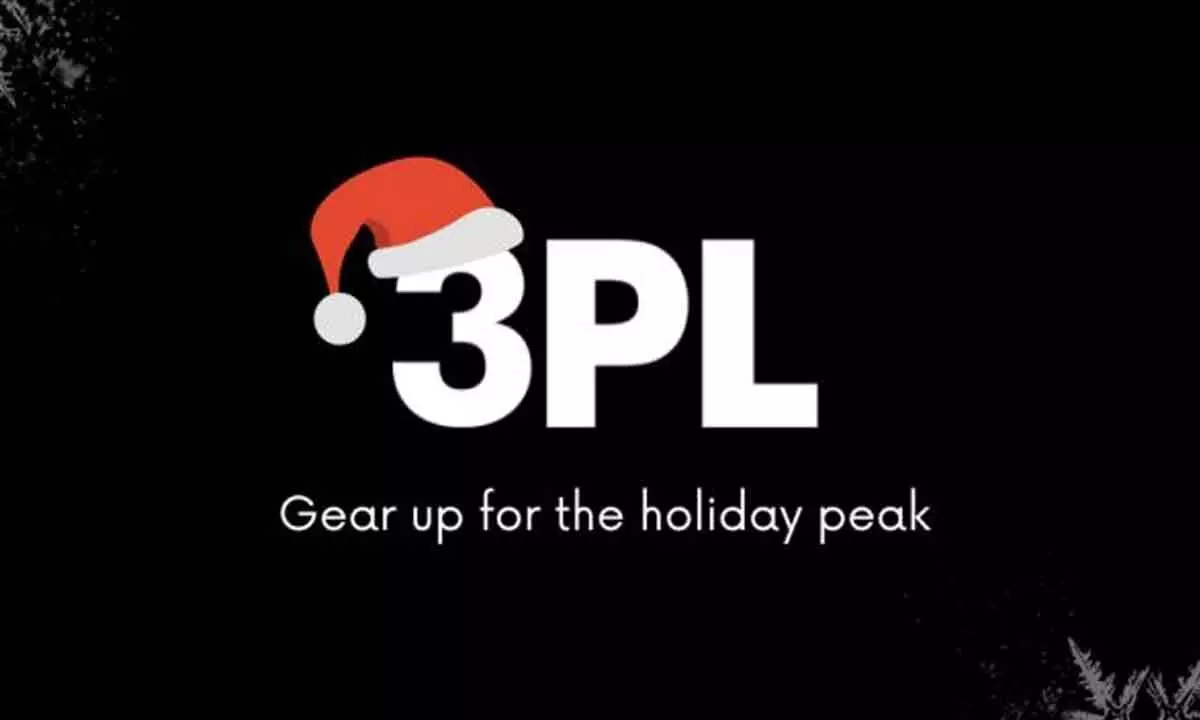3PL will take the spotlight this festive season
image for illustrative purpose

The festive season is round the corner. It is the time of the year that normally brings cheers to many, including businesses. Industry analysts believe that the forthcoming festive season is set to unleash a surge in e-tailing activity, propelling third-party logistics (3PL) to the forefront of the industry. Interestingly, it’s not going to be just a temporary or one-time peak for the 3PL industry. 3PL shipments are projected to grow 6-8 fold- from two billion in 2022 to anywhere between 13 billion and 17 billion in 2030. In value terms, going by a recent Redseer Strategy Consultants study, the e-tailing landscape in India is on track to witness a five-fold increase, from $59 billion in 2022 to a projected $300 billion by 2030, driven by ‘Mass’ consumers who are looking for value at affordable prices.
Going by another study by Mordor Intelligence, the Indian 3PL market size is estimated at $37.31 billion in 2023, and is expected to reach $53.02 billion by 2028, growing at a CAGR of 7.28 per cent during the period (2023-2028). The market is expected to be driven by the growth in manufacturing, FMCG, retail and e-commerce sectors. Indian companies are demanding new logistics capabilities and complex solutions from the 3PL service providers to help them in the successful management of supply chain processes, bring down conventional logistics costs and handle more complicated tasks.
The key segments include road, rail, warehousing, cold chain, coastal transportation, container freight stations and inland container depots (CFS/ ICD). Development of infrastructures like dedicated freight corridors, free trade warehousing zones, logistics parks and container freight stations are expected to improve the efficiency of the Indian 3PL market. Actually, a much greater adoption of e-commerce in Tier-2 and beyond cities, increasing ‘Mass’ consumers, along with enhanced 3PL serviceability are propelling shipment volumes. And as a result, shipment volumes are expected to grow disproportionately relative to GMV growth. Just to give some examples, one the basis of the average share of the e-commerce 3PL shipments in Jan-Aug 2023, Meesho emerged as the largest eCommerce 3PL shipment contributor in India, with Flipkart, Ajio, and Amazon as the others among the top 4 players. The remaining shipments are driven by vertical e-commerce platforms, D2C brands and smaller e-tailers.
What is more important is that as 3PL scales, the cost per shipment is projected to decrease by 23 per cent, dropping from Rs 60 in 2023 to Rs 47 by 2030. The expected cost savings (which, in turn, is expected to foster the optimal utilization of resources) can be attributed to demand aggregation in smaller cities and policy adjustments. The two can be considered to be the pivotal factors. There is no doubt that 3PL has emerged as an indispensable enabler for mass-focused horizontals, large verticals and Direct-to-Consumer (D2C) brands. Collaborating with 3PL for logistics requirements expedites market entry, drives growth, and addresses the challenges of lumpy demand, thereby optimizing logistics investments per shipped unit.
However, the immense potential of 3PL notwithstanding, the challenges the sector is facing are more than one. These challenges, including shipment protection, weight-related disputes, return-to-origin processes, and responsiveness, need to be addressed and overcome at the earliest to latch on to the opportunities and make best use of them.

